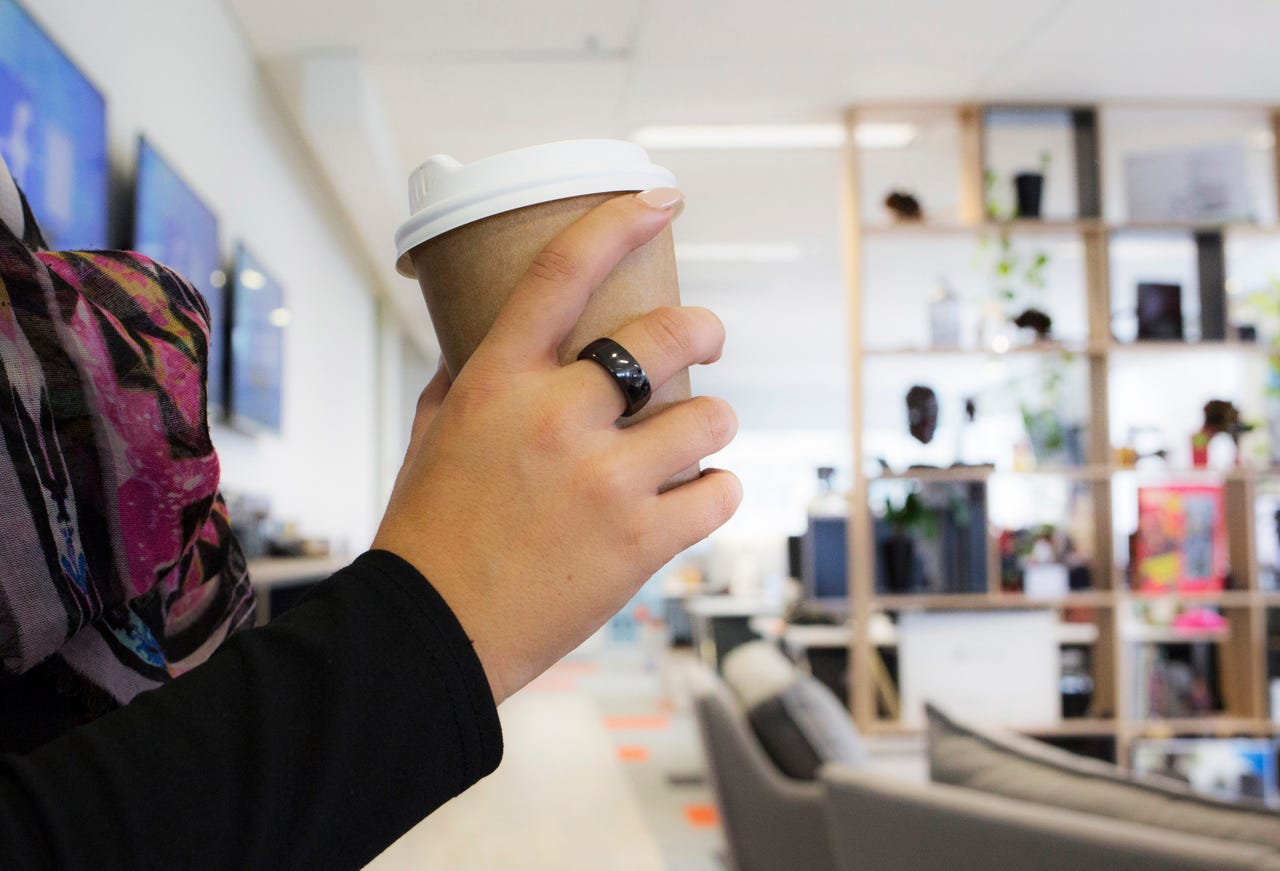Wearable payments: A gimmick that might take off

Australia has one of the highest usage rates of contactless payments. Mastercard reports its PayPass "tap-and-go" functionality is used in around 80 percent of face-to-face transactions; it's a similar story where Visa is concerned, with 92 percent of in-person transactions on the Visa network utilising its PayWave service.
Although the tap-and-go function is heavily utilised in Australia, less than 1 percent of contactless payments are conducted via mobile or wearable means. But that hasn't stopped Australian financial institutions trying to make wearable payment options a "thing".
The Commonwealth Bank of Australia (CBA) allows payments via Garmin smartwatches and its New Zealand subsidiary ASB Bank offers payments using the Fitbit Ionic. Similarly, Australia and New Zealand Banking Group (ANZ) also offers the Fitbit payments solution, while the National Australia Bank (NAB) offers both Fitbit and Garmin pay.
Instead of plugging into devices manufactured by others, Westpac launched its own range of wearable, hands-free, and battery-free payment accessories. The problem is they're still pretty chunky.
The most recent wearable payment option, a ring dubbed Halo, was earlier this year launched by CBA-owned Bankwest, who like Westpac decided to make its own device instead of integrating with an existing piece of tech.
Halo links to a customer's Bankwest transaction account and works just like a contactless payment card. It's fully waterproof up to 50m, so it can be worn while you wash your hands, it's available in black or white, and isn't as chunky as you'd expect.
The black option resembles a 1970's mood ring -- a ring that contained a thermochromic element, such as liquid crystal, that changed colour based upon the temperature of the finger of the wearer, supposedly determining what mood the wearer was in.
There's no branding on the outside of the Halo, but on the inside it is engraved with both Bankwest and Mastercard logos. In the event of the ring being lost, it wouldn't be too hard for someone to work out what it's for.
Halo costs AU$39 -- a much more affordable option than a AU$299 smartwatch if a Garmin or Fitbit device was to be purchased solely for payments. It also doesn't need to be charged or plugged in anywhere, which is definitely a bonus.
The ring is ideal for someone who carries their phone, keys, and wallet instead of using a handbag or backpack, and who would prefer not to drop a few hundred on a smartwatch they'd not fully utilise.
The idea is simple: Wear the ring and use it to make seamless payments of AU$99 or less. Obtaining a Halo, however, isn't a seamless experience.
Halo can be ordered online or in-person at a Bankwest branch. Therein lies the first issue. You need to have the ring sized, so it's a choice of either finding a branch outside of Western Australia -- of which there are not too many -- or waiting for a sizing kit to be sent out, sizing yourself, placing your order, then waiting for the ring to be mailed out.
The process was a bit more simple face-to-face, as I was sized on the spot and had my Halo ordered. After waiting the maximum 10 business days the ring arrived. After activating the device and selecting a PIN online, it could then be used.
The list of somewhat-petty cons all centre on the gimmick factor -- every shop attendant wants to have a conversation about the ring. Usually, an attendant will activate the Eftpos terminal when the customer presents a card, but each time I went to pay I had to say, "Eftpos please" while they stared at the lack of visible plastic in my hand. After then placing my hand in a fist over the terminal, the questions around the device would follow.
Another con was the only ATM that I could use the Halo for cash withdrawals belonged to ANZ; the bank has a fleet of machines that allow the tapping, instead of inserting, of a card to withdraw money.
The only other con I could find after using Halo for a month is not a complaint against Bankwest, rather the places that only accept Eftpos for transactions over AU$10 and those that don't have a tap-and-go terminal. After getting so used to not taking my wallet, I had no option to revert to cash or card, and twice during the trial month I had to cancel my purchase and leave the store.
The pros far outweigh the cons, however, and I'm going to continue to brave the conversations the ring instigates purely due to the convenience of having my wallet on my finger.
It will be a few years before technology such as a payment ring takes off completely as there are many places outside of Australian CBDs that have restrictions on Eftpos minimums, but a ring is certainly a better option for those that want to use a wearable but don't want to have a watch-sized device strapped to their wrist.
With Australia's high tap-and-go usage rates, offering a wearable payment option that doesn't need to be charged and doesn't cost a mint is a good way forward for banks in the country.
RELATED CONTENT
- Bankwest's Halo payments ring born out of 'agile' approach to banking
- Australian banking cartel loses fight against Apple
- Banking cartel calls Apple Pay alternatives 'unrealistic' in Australian market
- Commonwealth Bank selects Garmin Pay over Apple Pay
- Westpac opts for own wearable 'PayWear' devices
- Australian Apple Pay-avoiding banks announce their own Beem mobile wallet
- NSW extends contactless travel to American Express cardholders
- Winter Olympics: Visa debuts limited edition mobile payment wearables in PyeongChang (TechRepublic)
- The seductive lure of activity and health wearables make it easy to forget, or ignore, the inherent security and privacy risks involved (TechRepublic)
